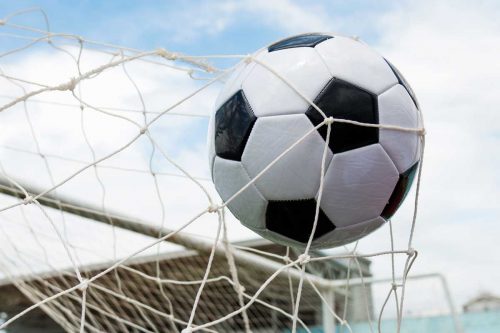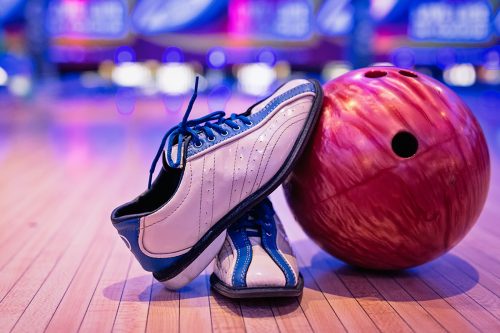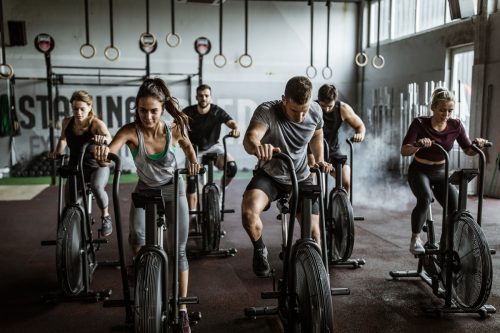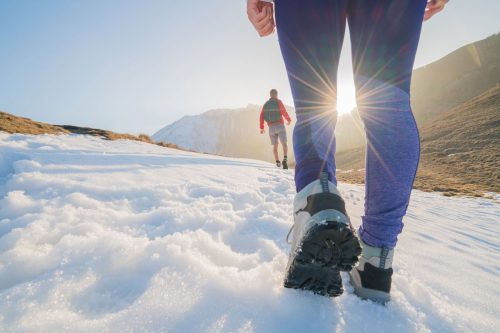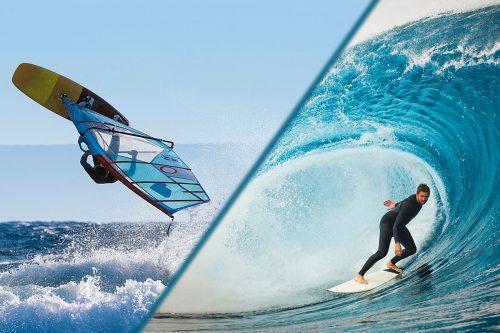Skiing is one of the most popular ways to get outside and enjoy the winter weather. Many people flock to small family-run ski hills, mega-resorts, and mid-sized mountains as soon as snowflakes start falling from the sky. Both young and old skiers enjoy skiing, but how old is too old? Is there an age that people usually stop skiing?
Unless your doctor tells you to stop skiing due to health concerns, there is no age at which you should stop skiing. In fact, many skiers are seniors who keep on enjoying the slopes. Continuing to ski as you age is a great way to stay active and enjoy being outside during the colder months. Skiing isn't all high-speed downhill runs and intense moguls—it can be much more casual than that, so you can adapt your style and choice of ski options to your changing physical abilities.
It's great to keep skiing as you get older, but what if you didn't learn to ski when you were younger? What's the best age to learn to ski? What muscles do you use, and what are some of the risks associated with skiing? Keep reading for the answers to these questions and a more in-depth look into continuing to ski as you age.

Skiing Is A Great Way To Enjoy The Outdoors
Whether you're young, old, or somewhere in between, skiing can be a lot of fun. Skiing is a great way to be active, spend time with your family, make some new friends, and even earn some cash.
Stay Active
In some parts of the world, winter can be long and harsh. However, places with long winters also have long ski seasons. Skiing is a great way to enjoy the outdoors during the part of the year when some of your other favorite activities are on hold.
Skiing is a great physical activity because it can be as intense or mellow as you want it to be. Ski trails range in difficulty in order to give you the best options for yourself. If downhill alpine-style skiing isn't for you, cross country skiing provides a more aerobic experience.
Be Social
Skiing is fun for people of all ages and ability levels. As a result, it's not uncommon for entire families to ski together. Many parents and grandparents enjoy teaching their children and grandchildren to ski. It's a great way to get outside with the whole family.
For those who do not have skiing families, there are many clubs and social groups to join. Many retired people form clubs where they meet up for skiing and coffee. There are also groups for women, local race teams, and many different types of après get-togethers.
Earn Some Extra Cash
Getting a job teaching other people to ski can be a great way to be social and get outside regularly while also earning some cash and industry discounts on food, lift tickets, and gear. Contrary to popular belief, you don't have to be an expert skier to become an instructor. Many find that becoming an instructor can significantly improve their own skiing abilities. You can be in your 40's, 50's and even 60's and work as a ski instructor. Your experience may actually prove to be an advantage!
Is 50 Too Old To Learn To Ski?
Fifty years old is not too old to learn to ski! It may be more challenging to master skiing on an expert level at that age, but it's possible to become a highly competent intermediate skier at any age.
Skiing has a very welcoming learning curve. The basics of turning and stopping using a wedge are easy to master for most people with at least moderate coordination. Once you can make controlled wedge turns and stops, you can explore a lot of your ski area and have a lot of fun in the process.
Moving on from wedge turns and stops, you begin to make wedge (or stem) christies, and then progress to parallel turns. Anyone can get to this point using the right progression and allowing for ample practice time. These skills open up more terrain, and therefore, more of the mountain.
What Is The Best Age To Learn To Ski?
A person can start learning to ski as early as 18 months old. Whether or not it's worth it to start children this young is highly debatable. Most kids won't actually learn skills that stick until they're 3-5 years old.
Before age 7, kids don't always have a good grasp of concepts like cause and effect. As a result, it can be challenging to reason with kids younger than 7, and most things need to be taught in the form of a game. Very young children also get very tired quickly and need frequent breaks and snacks.
Conversely, teenagers and adults often battle with fear while learning. Not just fear of getting hurt, but also fear from social pressures. They might be worried about someone laughing at them if they fall, or thinking less of them for not being very good.
If you're a parent trying to decide when to start your child in ski lessons, consider how quickly you expect them to pick it up and progress. Most kids will learn pretty quickly after age 7, but if you have the time to commit to skiing often, kids as young as five can become competent all-mountain skiers.
When Should Kids Start Using Ski Poles?
Ski poles are used to stabilize a skier as they move into a new turn. To properly utilize ski poles for this purpose, two things need to happen.
The first is that the skier needs to be skiing on terrain that warrants added stability. Examples of this terrain would be steep pitches or ungroomed conditions.
Secondly, the skier needs to be able to demonstrate an adequate level of coordination. Many people ski with poles because they feel like they should, but they end up misusing poles. Starting pole usage too early can slow down the learning process quite a bit.
Kids (and older skiers, too) should start using ski poles whenever their skiing ability level warrants it.
What Are The Risks Of Skiing?
As with any physical activity, there is always some level of risk involved. For skiers, the most significant risks are injury-related and environment-related.
Even when ski areas do their best to maintain the mountain, unavoidable hazards still exist in alpine environments. It is the responsibility of every skier to follow the NSAA’s skiers' responsibility code and to be aware of the risks involved in skiing. Some of these risks include:
- Changing snow conditions throughout the day
- Low visibility or changes in visibility throughout the day
- Fallen trees
- Tree wells
- Shifting or sliding masses of dense snow
- Collisions with other skiers
What Muscles Do You Use To Ski?
Skiing is a major leg workout. Anyone who has spent a full day skiing before is familiar with the way your quadriceps, the large muscle group on the front of your thigh, burn by the time the end of the day arrives. Many skiers will also experience muscle fatigue in their hamstrings and calf muscles.
How Do You Protect Your Knees While Skiing?
Knee injuries are the most common skiing injuries. It's not hard to see why this is the case when you consider the forces your knees are under while skiing. The knee is a hinge joint, and skiing puts lateral (or sideways) pressure on that joint.
These injuries can affect skiers of any level, but you can do two easy things to reduce your chances.
- When you get tired, stop skiing
- Don't ski beyond your ability or fitness level
In Closing

Skiing is an excellent sport for people of all ages. You're never too old or young to learn to ski, and unless you have health conditions that make it too risky, you can ski long into old age. To avoid knee injuries, ski within your ability level, and stop skiing when you get tired. Now get out there and spend a day on the slopes!


